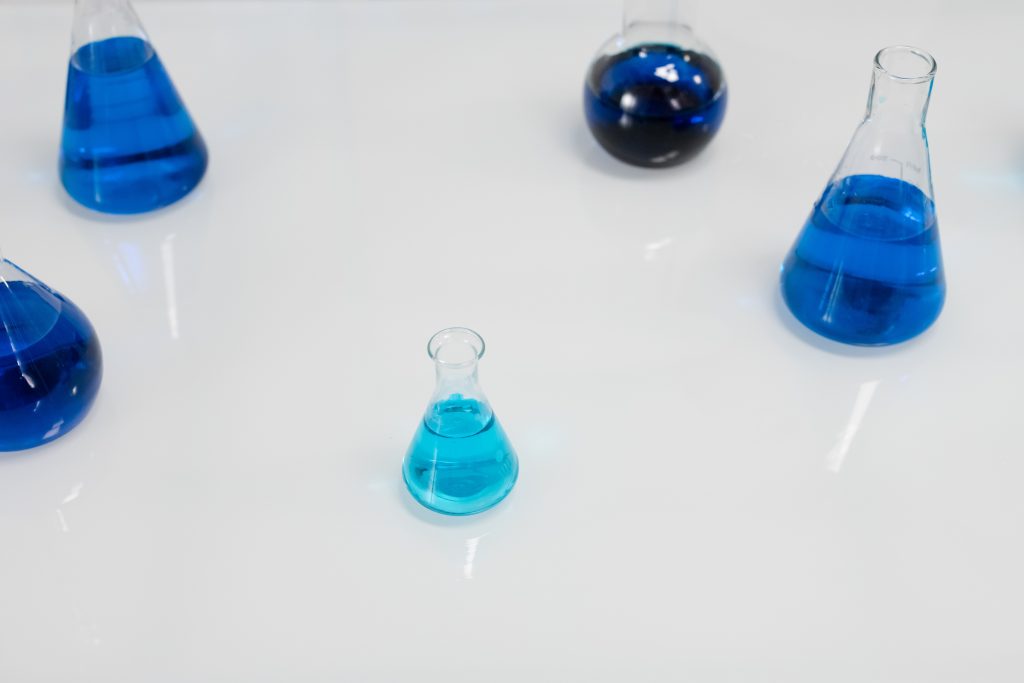A biosafety cabinet is a lab safety device that contains hazardous and infectious material. If you are going to work with these materials inside the lab, you need to put the hazardous materials in this type of cabinet. Some common chemicals and virus particles that can be contained inside of a biosafety cabinet include: A biosafety cabinet is a lab structure that contains a sterilized environment. The purpose of the cabinet is to handle biological materials that are potentially hazardous and require isolation from other areas. These materials are typically present in labs as they work on and study living organisms. There are two different types of biosafety cabinets: the Class 1 and the Class 2. These cabinets are used for storing and processing biological materials that are potentially hazardous. They are typically used for laboratories, hospitals, and other institutions where the use of biological agents is a possibility. There are two main types of these cabinets: biosafety level 1 (BSL1) and BSL2. The difference between the two is the number of personnel allowed in each room. BSL2 is designed to allow only one person in a room while BSL1 allows up to three people in at a time.
How do the different types of safety cabinets work?
In order to be compliant with Biosafety Level-3, there are many different types of safety cabinets that can be used. Some have locking doors, while others can be completely sealed off in order to keep the area sterile. They typically look like a room with the floor and walls lined with special materials that prevent the spread of disease. There are three types of safety cabinets: locked coaxial, sealed corrugated, and unsealed corrugated. The coaxial is the most commonly found type in hazardous environments such as laboratories. It’s designed to be opened easily and quickly, making it perfect for laboratory work. Corrugated biosafety cabinet malaysia cabinets are mainly used in manufacturing plants and the foodservice industry. These are typically made of corrugated steel, polyethylene, or polypropylene with a plastic coated interior that makes them easy to clean. Finally, unsealed corrugated safety cabinets can be found in hospitals to keep germs from spreading in an emergency room. There are a few different types of biosafety cabinets, such as a “closet” or “cabinet.” A closet is generally short and can be easily made if space is limited. They have a few shelves but are mostly used to display things. Cabinets are larger and can accommodate more equipment. For example, they have shelves on all four walls that can hold up to nine racks on each shelf.

Choosing a secure and safe biosafety cabinet is very important when working with a biohazard. Most cabinets should also have a built-in an air filtration system so that the air inside the room can be filtered to prevent airborne particles from escaping into the environment. There are many types of biosafety cabinets. They can be found in laboratories as well as in most houses. The first type is known as the plastic cabinet, which is made of plastic and comes with a non-removable shelf that keeps specimens safe from insects and rodents. The second type of biohazard cabinet is known as the metal cabinet, which is more durable than the plastic one and has a safety glass panel at the front.
